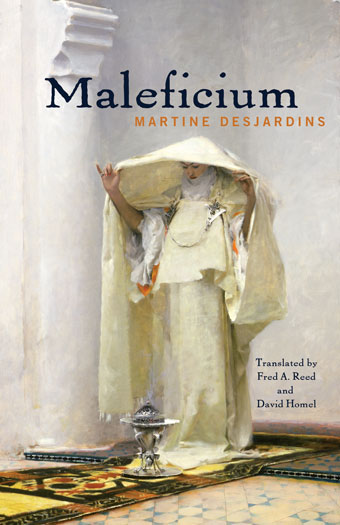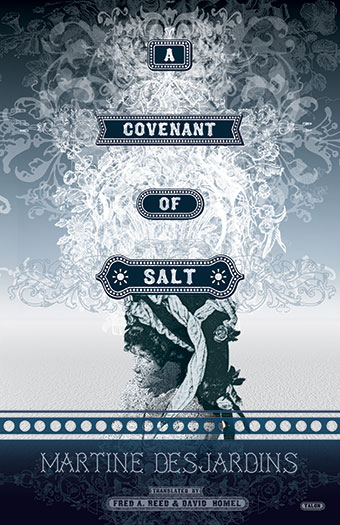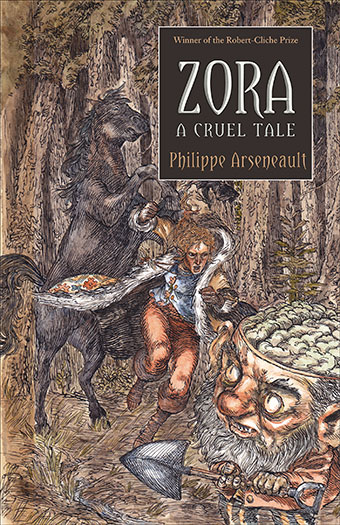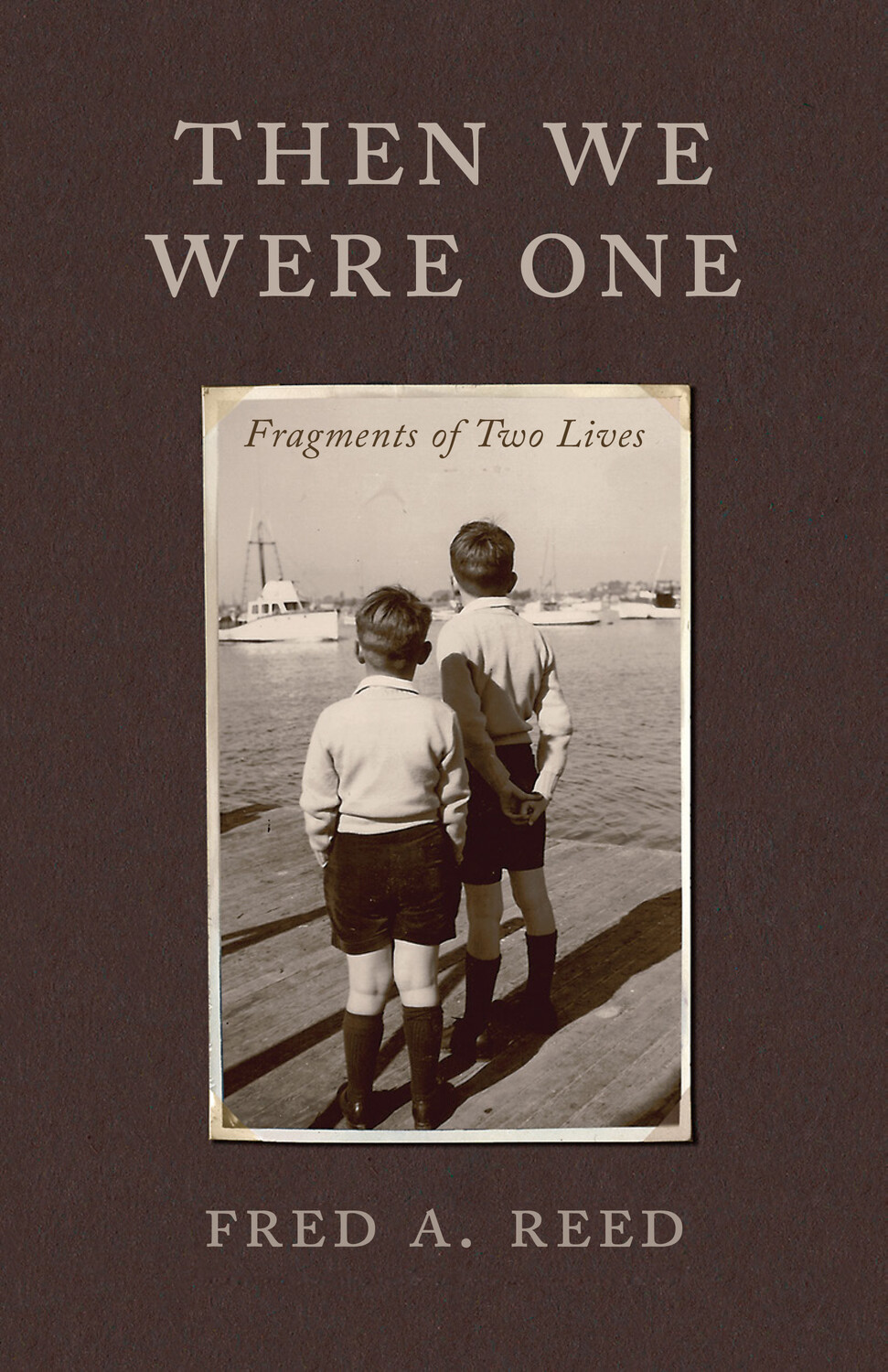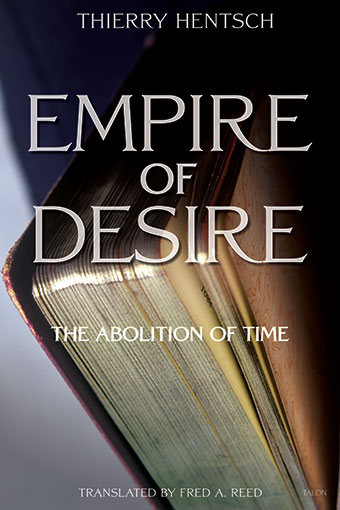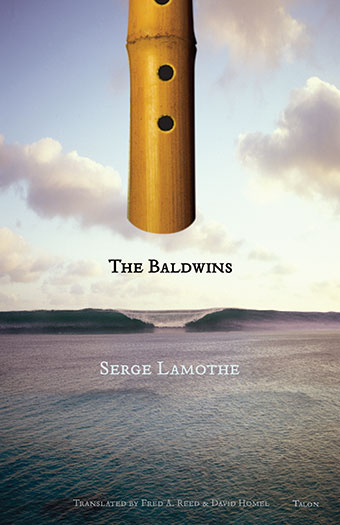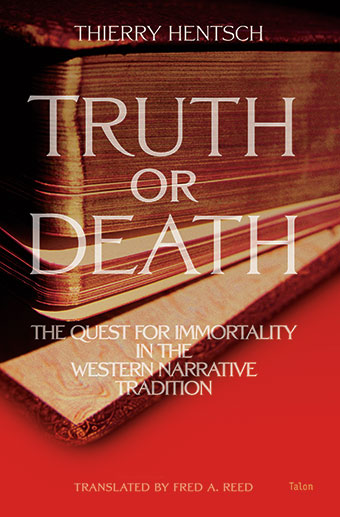Paperback / softback
ISBN:
9780889226807
Pages: 160
Pub. Date:
April 15 2012
Dimensions: 8.5" x 5.5" x 0.4375"
Rights: Available: WORLD
Categories
Fiction / FIC019000
- FICTION / Literary
Shop local bookstores
Martine Desjardins delivers to readers of Maleficium the unexpurgated revelations of Vicar Jerome Savoie, a heretic priest in nineteenth-century Montreal. Braving threats from the Catholic Church, Savoie violates the sanctity of the confessional in a confession-within-a-confession, in which seven penitents, each afficted with a debilitating malady or struck with a crippling deformity, relates his encounter with an enigmatic young woman whose lips bear a striking scar.
As these men penetrate deep into the exotic Orient, each falls victim to his own secret vice. One treks through Ethiopia in search of wingless locusts. Another hunts for fly-whisks among the clove plantations of Zanzibar. Yet others bargain for saffron in a Srinagar bazaar, search for the rarest frankincense, and pursue the coveted hawksbill turtle in the Sea of Oman. Two more seek the formula for sabon Nablus in Palestine or haggle over Persian carpets in the royal gardens of Shiraz. The men’s individual forms of punishment, revealed through the agency of the young woman, are wrought upon their bodies.
Winner 2013 Sunburst Award
Winner 2010 Prix Jacques Brossard
Short-listed 2010 Governor General’s Literary Award (French Fiction)
Short-listed 2010 Prix des libraires du Quebec
Short-listed 2010 Prix des cinq continents de la Francophonie
Maleficium
by Martine Desjardins; Fred A. Reed and David Homel, trans.
Questions of memory and truth also take centre stage in Quebec author Martine Desjardins’s fourth book, Maleficium. Another translation from the French, with a plot that shuttles between Montreal and the other side of the world, Maleficium plays on personal histories and takes an adventurous turn toward the bizarre.
Framed as an early-20th-century vicar’s true account, the book consists of monologues from seven men, each of whom confesses a separate encounter with the same bewitching, scar-faced woman during his travels abroad. The woman – who alternates as a governess, a photographer, and a mystic – inevitably attracts each man by offering some essential assistance in his quest for profit or glory.
All seven confessions take the reader to exotic locales with richly wrought surroundings. A search for rare red saffron in Kashmir or the pursuit of a dangerous locust swarm on the Arabian Peninsula, for instance, set the stage for engrossing tales shot through with mythical qualities.
A creative focus on the carnal runs throughout the narratives as each man comes to covet some fantastical aspect of the woman’s body: the tail-like curve of her back, her perfectly helical ears, the golden scales that pour like tears from her eyes. Quirkiness abounds as each man goes to extreme lengths to possess what he desires.
What begins as a rich and original story, however, begins to feel formulaic when it becomes clear that every monologue follows the same pattern. All seven men are similar, their voices largely indistinct.
Despite the repetitiveness, Maleficium’s momentum is saved by the suspense surrounding each sinner’s obscure (and unique) fate. The woman curses each character with a peculiar bodily affliction, and because the narrative places readers in the vicar’s position, we are allowed the satisfaction of judging the appropriateness of each punishment.
Overall, the collection of confessions takes a deliciously strange approach to remembering and retelling the past. In an unexpected twist near the end, an eighth perspective adds compelling backstory and transports readers to new terrain altogether.
Maleficium
by Martine Desjardins, trans. by Fred A. Reed, David Homel
In Latin, maleficium refers to "an evil deed, injury, sorcery," and Martine Desjardins acknowledges that her novel's title was inspired by the Malleus Maleficarum, the infamous 15th-century treatise on witches. Constructed like a Chinese box puzzle, Desjardins's Maleficium contains confessions from seven men stricken by repulsive ailments--and one "demonic, harelipped" woman responsible for bringing these ailments upon the men.
Set in the heyday of empires, the novel's central theme--the ruthless exploitation of cultures and natural resources for commercial and scientific purposes--still resonates with 21st-century readers. The "evil deed" in Maleficium is civilization itself. Civilization is "evil" because it often gravitates toward plunder and rape. Fueled by perpetual desire, the male confessors--collectors of rare insects; traders of spices, tortoise shells, fragrant soaps, Persian carpets--only want to violate or accumulate, not to connect on a human level. On the other hand, civilization means retributive justice for the disenfranchised, even if this notion of justice--from the oppressor's view--resembles sorcery or usurpation.
Mannered and ornate, the novel's multi-framed narrative yields facets of a deeply conflicted self. Maleficium's core mystery is Vicar Jerôme Savoie, a Montreal priest who transcribes the confessions, thus breaking the vow of secrecy that the sacrament of confession requires. Since there is no other proof regarding the existence of the priest, or even for the veracity of the recorded confessions, the novel becomes an intricate game involving the nature of truth and fiction.
“[Martine Desjardins] has dared to write a book unlike any other, dipping her pen in the ink of a bygone day, before nature and its mysteries had been deciphered; when desire loomed with dark and frightening power. The result is an extraordinary festival of the senses.”
—Voir
Martine Desjardins delivers to readers of Maleficium the unexpurgated revelations of Vicar Jerome Savoie, a heretic priest in nineteenth century Montreal. Braving threats from the Catholic Church, Savoie dares to violate the sanctity of the confessional in this confession-within- a-confession, in which seven penitents, each afflicted with a debilitating malady or struck with a crippling deformity, relates his encounter with an enigmatic young woman whose lips bear a striking scar. As these men penetrate deep into the exotic Orient, each falls victim to his own secret vice. One treks through Ethiopia in search of wingless locusts. Another hunts for fly-whisks among the clove plantations of Zanzibar. Yet others bargain for saffron in a Srinagar bazaar, search for the rarest frankincense and pursue the coveted hawksbill turtle in the Sea of Oman. Two more seek the formula for sabon Nablus in Palestine or haggle over Persian carpets in the royal gardens of Shiraz. The men's individual forms of punishment, revealed through the agency of the young woman, are wrought upon their bodies. Baroque in its complexity, Kafka-like in its inexorable mechanics, Maleficium by turns astonishes, amuses and beguiles. Then author Martine Desjardins's Vicar Savoie—as in any confession worth its communion wafer—saves the best (or worst) for last.
Maleficium
Martin Desjardins Translated by Fred A. Reed and David Homel, Talonbooks ($14.95) By Spencer Dew
Hell, in the broader Western tradition, or a state that depends upon the physical senses, the nerve networks of the body. Hell without pain is abstract at best; hell without biological desires – hungers, thirsts, the longing for rest – likewise lacks teeth as a concept. The hells we know from the great Western accounts have harsh smells, stagnant waters, air thick with bitter gas, and they are places characterized, foremost, by hyperbolic reversals both of known reality – lakes of liquid flame, flesh that bubbles back and burn without being fully consumed – and poetic twists on sensual needs and sensual desires: women who sinned with their loins must endure new and horrific penetrations; those who committed evil with their tongues have their tongues stretched and split and tortured. Martin Desjardins dips into this tradition, spinning a series of Orientalist-tinged tales, each told as a confession to a harried priest, confession of sins linked to the titillating dangers of the senses. Exotic, far-flung locales are invoked, each featuring a women with a harelip, that mark of the devil, each playing to flaws in the listening priest’s own character, his own vanities and lusts, the little ornaments he clings to, the glances he casts at the tight-skirted hips of parishioners as they leave mass. These pages are rich with the scent of De Quincey and Huysman as well as Dejardins’s own original incenses and perfumes – one milked from a secret, genital-based stigmata, for instance. Heresies abound, along with missionaries terrified or turned, scientists who clutch their tattered rationality like a rosary, The line between infestation and plague is a line Dejardins well knows is deliciously pleasurable to fine, even if it leaves us raw, aching, or worse. These are the tales of pleasures removed, that traditional dynamic of hell: sample an incomparable delight, then have your ability to experience such delight stripped, cruelly but justifiably, away. The bodies of those who confess are marked, just as the bodies of those they lust for – those who lead them into sin and obsession – are marked, not merely by the harelip but by a reptilian tail, say, or glands that give birth to rare oils, “lachrymal glands [that secrete] a substance that solidified when exposed to sunlight, and formed scaly tears.” The world here is both exotic and toxic, moored in intricate craft and material culture. The soap-making tradition of Nablus, for instance, or the industry of collecting medallions from hawksbill turtle shell, provides fodder for some of Desjardins’s most seductive prose.
Though Desjardins is equally good at describing the seductive sigh of a carpet woven of women’s hair, the cruel glee of watching caged monkeys fight of petits four crumbs, or the biology of cholera and how the whip-tailed microbe fares best under certain hyperbolically unhygienic conditions: The villages worst affected by cholera were inhabited by former Wahadimu slaves whose sole means of subsistence is making rope from coconut fiber. Their huts stand in the midst of open-air cesspools filled with stagnant water, where coconut shells are left to macerate for months before their fibers are supple enough to be woven. These filthy cloacae provided the incubator in which flies in their legions would lay their eggs. In veritable clouds they hovered over the villages, dragging their legs throughexcreta and depositing the disease wherever they alighted. They were so numerous, and their buzzing so deafening, that it was impossible for me to work. How much more delicious, then – delicious in the diabolical sense, perhaps, like the irresistible urge to work a loose tooth with one’s tongue or to pick at the edges of a scabbing wound – is the detailed explanation, a few pages later, of the best sort of bait with which to fish: A mixture of moldy bread, suet and roast chestnuts, tar, honey and coagulated blood, or sometimes the viscera of a cat, saffron and turpentine, which macerate in a glass jar. You would be impressed by the size of the maggots I raise in a skinned sheep’s head hung from the porch roof. I also have a series of compartmented boxed in which I store live insects – grasshoppers, cockchafers, mayflies, bees and plump crickets. Where worms and leeches are concerned, I keep them on a bed of moss that I sprinkle regularly with a decoction of walnut leaves. To make the more active, every day I feed them a spoonful of well-beaten egg yolk mixed with cream and a sprinkling of anise seeds. And I always brush them with ivy oil or veal marrow before attaching them to the hook, which extends their life in the water. Parasitic larvae, it turns out, are already devouring the wafers of consecrated host, just as dark forces are already congregating outside the church wherein these confessions are heard. It is a fitting metaphor, as the small luxuries of the world eat away at and ultimately possess and devour the strangers who come to offer their infernal tales. “Be in no hurry to grant me pardon, Father,” one interjects, “for I have no completed my confession. The worst is yet to come.” Devilish prickles will surely spread across the reader’s neck at that point, in joyful anticipation of worse and worse things – for this is a hellishly pleasurable book.
Maleficium
Review by Rob Sherren, Published in the Montreal Review of Books, Fall 2012 issue
Not since the matchbook-sized publication of The Rubáiyát of Omar Khayyám has such a sumptuous collection of images been packed into so slim a book.Maleficium is a sybarite’s dream of mid-orient plagues and pleasures, yet it proselytizes moderation.
Written by Martine Desjardins and translated by Fred A. Reed and David Homel, Maleficium has a structure that is simple and repetitive: seven sinners visit a Montreal vicar and, under the sacramental protection of confession, each tells a story so compelling that it moves the vicar to the unpardonable sin of writing them down. It’s the end of the 19th century. Each man has travelled to a capital of the old world – Damascus, Kashmir, Shiraz, Zanzibar – in search of knowledge that will further his profession. Each meets a woman with a cleft palate. She enthrals them. She helps them. She allows them to stroke the silk of success, and then she damns them with their own desires. The spice merchant searching for a spice more fragrant than saffron loses his nose to leprosy; the architect who learns the secret of Shibam’s towers is struck by vertigo so crippling he must come to the confessional on hands and knees.
Complexity arises from the simple structure of the tale as from a clay flute whose four holes can produce a thousand melodies. Variations of tone and definition lead to wordplay. For example, “stigma” is used to mean the filament of a saffron crocus, then the marks of the crucifixion, and then the shame of living without a nose. Another confession uses the word “unctuous” in three distinct ways. It’s no wonder that it took two translators to untangle these subtleties and recast them for the English ear and eye.
The seven supplicants each warn the vicar that the woman with the split lip is bringing her curses to him. The confessions are recorded as monologues, so we never hear the clergyman’s voice or feel his anxiety. The prologue discloses how the stories drove the vicar to commit the transgression of recording them, but because we learn this before we hear the stories, the vicar’s worries are placed in the background. This is not a novel of character or dialogue; it does not attempt to be. There is never any question of what will happen in each story, only how. There is tension, given the harelipped woman’s impending arrival at the vicar’s church, but this reader was not entirely satisfied with how that device resolved. The end, however, is left purposefully ambiguous, and supports readings that may appeal to other readers.
Maleficium , then, is a parable about Western ambition as characterized by seven men who, on the eve of the great wars, are hungry for Eastern knowledge. In the guise of the comely woman with the cleft palate, the East protects itself from exploitation as the matador does from a bull – tripping it up and impaling it upon its own horns.
The scarred men return to Montreal, seeking absolution with the harelipped daemoness hot on their heels. When she exacts her final vengeance, it feels as though the snake that has caught its tail is about to swallow itself and disappear. It is not an intimate book, readers will not feel close to the characters, but it is an exquisite rendering of theme. If only all justice was as purposeful and poetic.
“The collection of confessions takes a deliciously strange approach to remembering and retelling the past. In an unexpected twist near the end, an eighth perspective adds compelling backstory and transports readers to new terrain altogether.”
—Quill & Quire
“Lust, greed, retribution, and shame — Maleficium reads like a flesh-bound catalogue of my favourite sins ... An intensely pleasurable work that builds, tale by exotic tale, to a dark climax. Forgive me, Father: I loved it.”
—Jenn Farrell

